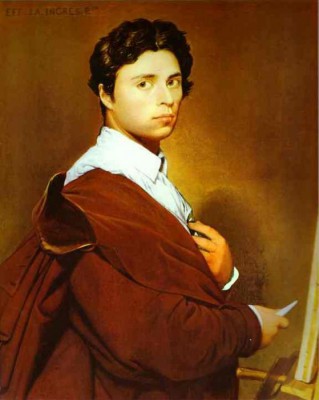Musée Condé – Château de Chantilly
Posted on October 10, 2010 by VINGT Editorial
Text: Lilliane Milgrom
Renowned for its cream, lace and horse racing, Chantilly is a picturesque little town just 25 minutes by train from the center of Paris. Its pride and joy is the Château de Chantilly, where the noblesse oblige once frolicked, feasted and hunted. Until the French Revolution that is. The original building was destroyed by revolutionary mobs and the impressive chateau that stands in its place today was rebuilt in the 1870s by Henri d’Orleans, duc d’Aumale. André le Notre (creator of the Versailles gardens) designed the classically groomed landscape surrounding the estate. Altogether a beautiful sight.
However, the Château de Chantilly is more than a lavish historic site. Its art gallery, the Musée Condé, houses one of the finest collections of classical paintings in France, after the Louvre. During his lifetime, the duc d’Aumale amassed an impressive collection of European paintings and book illuminations concentrated on the 15th and 16th centuries. Upon his death his collection and estate passed to the Institut Français with the stipulation that it be open to the public, and that the original placement of the artworks remain untouched. That explains a lot. When entering the first and largest of the galleries, the sight of eighty paintings displayed frame-to-frame from floor to ceiling is rather overwhelming.
No museum or gallery today would dream of exhibiting the likes of Piero di Cosimo, Filippino Lippi, Van Dyck, Delacroix, Lefebvre, and Courot in such a crowded, almost disrespectful manner. But strangely enough, these classical paintings do not seem to clash or compete with each other. There is a certain harmony in the shared time period, subject matter, and general color palette, not to mention the de rigueur ornate gold frames. Each painting can be admired and appreciated individually. Artists of the time adhered to conventionally accepted rules about what was acceptable not only in terms of subject, but composition and painting style as well.
Due to the sheer number of portraits of prominent personages, the duc d’Aumale’s collection reads like a visual history of France from the Middle Ages through to the Second Empire. The Italian Renaissance is also well represented, the most famous work being Raphael’s The Three Graces, which is much smaller in reality than one expects. With its abundant tapestries, burgundy colored walls, statues and masterpieces, the Musée Condé is a real gem of a museum. It also boasts a magnificent library including a rare Gutenberg Bible.
A visit to the Musée Condé is particularly exceptional because the works in its collection cannot be loaned out to other institutions as per the conditions set by the duc d’Aumale. Therefore this is the only place one can see certain master works by the likes of Ingres and Botticelli. It is a viewing smorgasbord which due to its modest size (compared to the Louvre) can be covered in one visit. And dog lovers take note – look out for the excellent statuary of dogs prominently and liberally displayed throughout the estate!
Open every day except Tuesday.
Domaine de Chantilly
60500 Chantilly
Ph. 03 44 27 31 80
Hours: Every day 10am – 6pm

